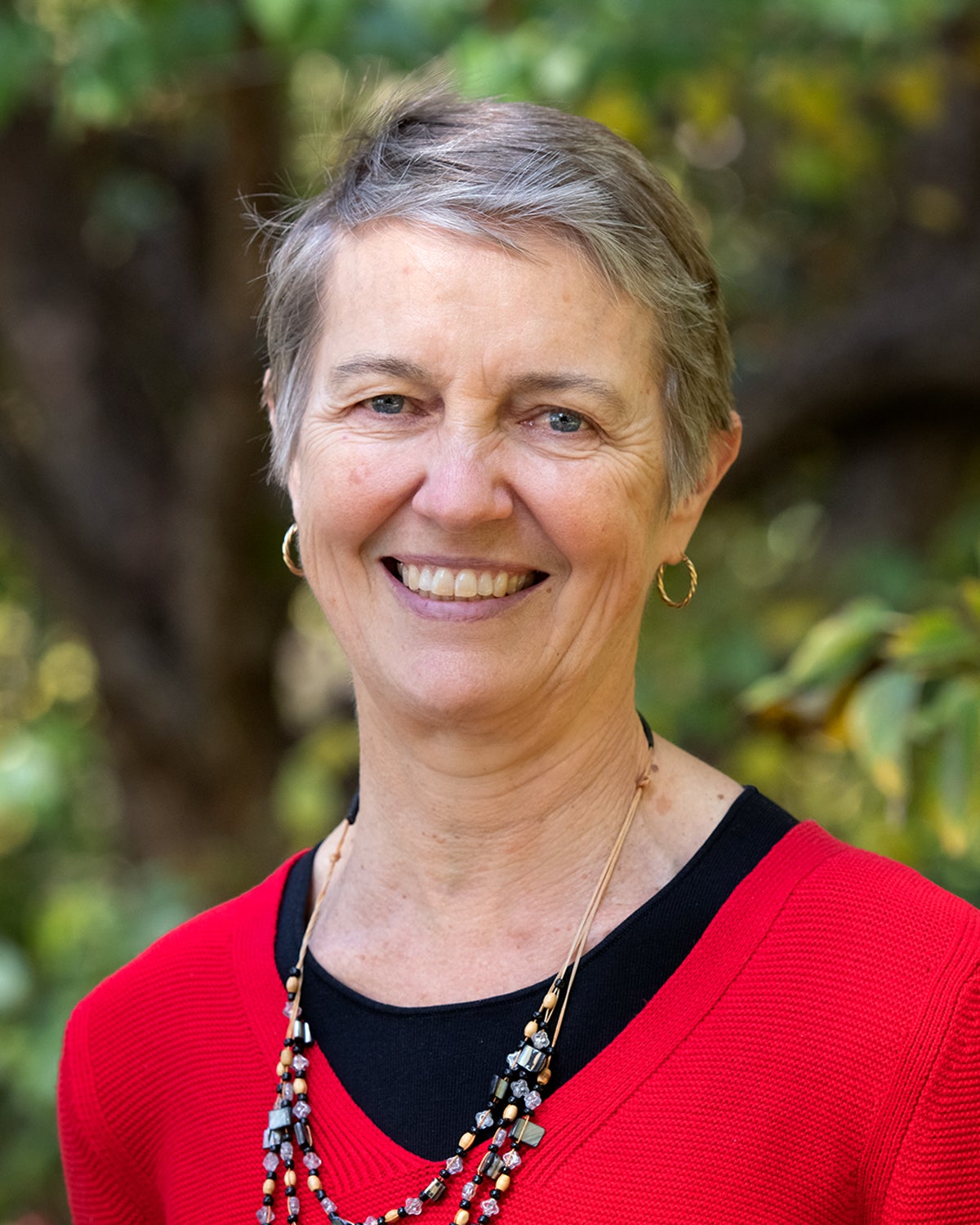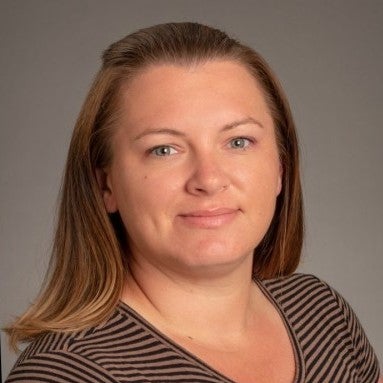A team with the Translational Health Lab in the Department of Public Health and Population Science received $66,000 in grant funding from the Clinical and Translational Research Infrastructure Network to study wildfire smoke exposure among various skilled nursing facilities throughout Idaho.
Public Health and Population Science Assistant Professor, Luke Montrose leads the research team with Public Health and Population Science Professor, Sarah Toevs as a co-principal investigator on the project.
Luke Montrose
Being that many Idaho communities are surrounded by wildfires during the summer and early fall months, Montrose wanted to know how smoke could affect Idaho’s older populations, specifically those in skilled nursing facilities.
Two years ago, Montrose set out to better understand these effects and the ways in which facilities might be able to implement poor air quality interventions.
“The elderly are at risk of air pollution health effects, particularly wildfire health effects, because this population has higher rates of chronic obstructive pulmonary disease and asthma,” Montrose said.
With the help of Toevs, who is also the director of the Center for the Study of Aging, the team partnered with four skilled nursing facilities across Idaho.
Although skilled nursing facilities are part of a highly regulated industry, there are few guidelines related to indoor air quality, Toevs said.
“While we are still in the early stages of this work, the ability to provide facilities with easy, real-time strategies to monitor changes in air quality, paired with education about air hygiene could change industry practices and provide consumers with another tool to evaluate the quality of facilities,” Toevs said.
 Sarah Toevs
Sarah Toevs
The preliminary data gathered from these four original partnerships paved the way for the recently-funded Clinical and Translational Research Infrastructure Network grant. In order to fulfill the grant, the team will tackle two main objectives: measure facility air quality and study the following health outcomes, and develop interventions that could improve the air quality of skilled nursing facilities during wildfire events.
Since partnering with the facilities, Montrose and his team have been monitoring the indoor air quality with small sensors that store data for the team to utilize. The grant funding, Montrose said, will provide the team with the time and ability to employ a data scientist to thoroughly analyze the data gathered from each facility.
So far, Montrose and his team have found that the amount of smoke that gets indoors varied by facility and was highest during major smoke events. Given that some facilities fare better than others, there may be building characteristics or human behaviors that, once identified, could help all facilities mitigate smoke infiltration, Montrose said.
Before the grant funding concludes in summer 2022, the research team will work with the nursing staff in each facility to collect health data to research any potential correlations between wildfire smoke events and health issues among facility residents.
“If we see a spike in poor air quality, we might expect to see a spike in respiratory health issues,” Montrose said.
 Rachel Kessinger
Rachel Kessinger
Montrose and his team will work with facility administrators to develop, publish and implement “smoke ready plans.” This will help facilities plan ahead when dealing with recurring smoke events, as Idaho often sees each summer and fall.
As part of her work with the grant, Master of Public Health student and graduate assistant Rachel Kessinger will be largely responsible for developing intervention programming with skilled nursing facilities.
“When it comes to environmental health, there is no one person or one population it affects,” Kessinger said. “We may be starting with research in skilled nursing facilities, but this research is for everybody.”
Research reported in this publication was supported by the National Institute Of General Medical Sciences of the National Institutes of Health under Award Number U54GM104944. The content is solely the responsibility of the authors and does not necessarily represent the official views of the National Institutes of Health.
[ad_2]
Originally Appeared Here